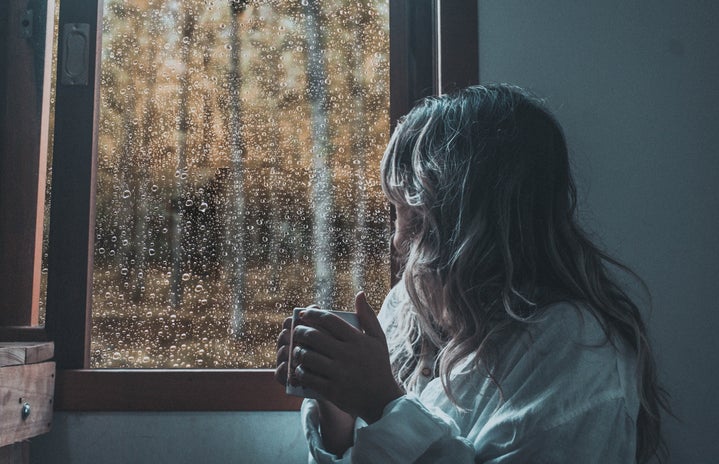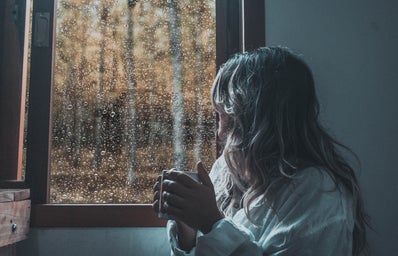Disclaimer: Depression is a serious mental health issue. If you believe you are depressed, please get help as soon as possible. This article covers basic information about seasonal affective disorder (SAD), but please reach out to your doctor if you have further concerns. The information in this article is not written by a healthcare professional.
As the seasons change and transition into fall and winter, you may start to notice that you feel down or sad. This is common; however, if the mood changes grow more serious, it could be due to a deeper issue. Seasonal affective disorder (SAD) is a type of depression that occurs during certain seasons of the year, especially during the fall and winter seasons.
SAD is believed to be caused by less sunlight and shorter days that are linked to chemical changes in the brain. SAD usually starts during adulthood and the risk increases with age. Women are often at more risk than men.
There are two types of SAD:
- Fall onset, known as “winter depression.” The symptoms start during late fall or early winter but ease during the summer.
- Spring onset, known as “summer depression.” The symptoms start during late spring or early summer but this type is a lot less common.
Symptoms of SAD include sleeping more than usual and daytime drowsiness, loss of interest and pleasure in activities once enjoyed, social withdrawal and increased sensitivity to rejection, irritability, anxiety, feelings of guiltiness, hopelessness, fatigue, decreased ability to focus, trouble thinking clearly, increasing appetite, weight gain, and headaches.
To treat SAD and relieve the symptoms, try:
- More exposure to sunlight by spending time outdoors.
- Light therapy if you cannot receive enough sunlight.
- Antidepressants to help correct the chemical imbalance.
- Getting help. Reach out to a healthcare provider as soon as possible if you believe you are depressed.
- Setting realistic goals about how much light you can receive a day.
- Being around others and confiding in someone you trust.
- Taking part in activities that make you feel better, such as watching a movie or any hobbies.
- Staying active and getting regular exercise.
- Eating healthy meals.
- Staying away from drugs and alcohol.
- Understanding it will take time to get better. Be patient and channel your energy into positive thoughts.
- Letting family and friends help you.
SAD is still a type of depression that should be addressed and discussed with a professional. You are not alone and there are people out there who want to help you. Remember to practice self-care and reflect on your feelings.


